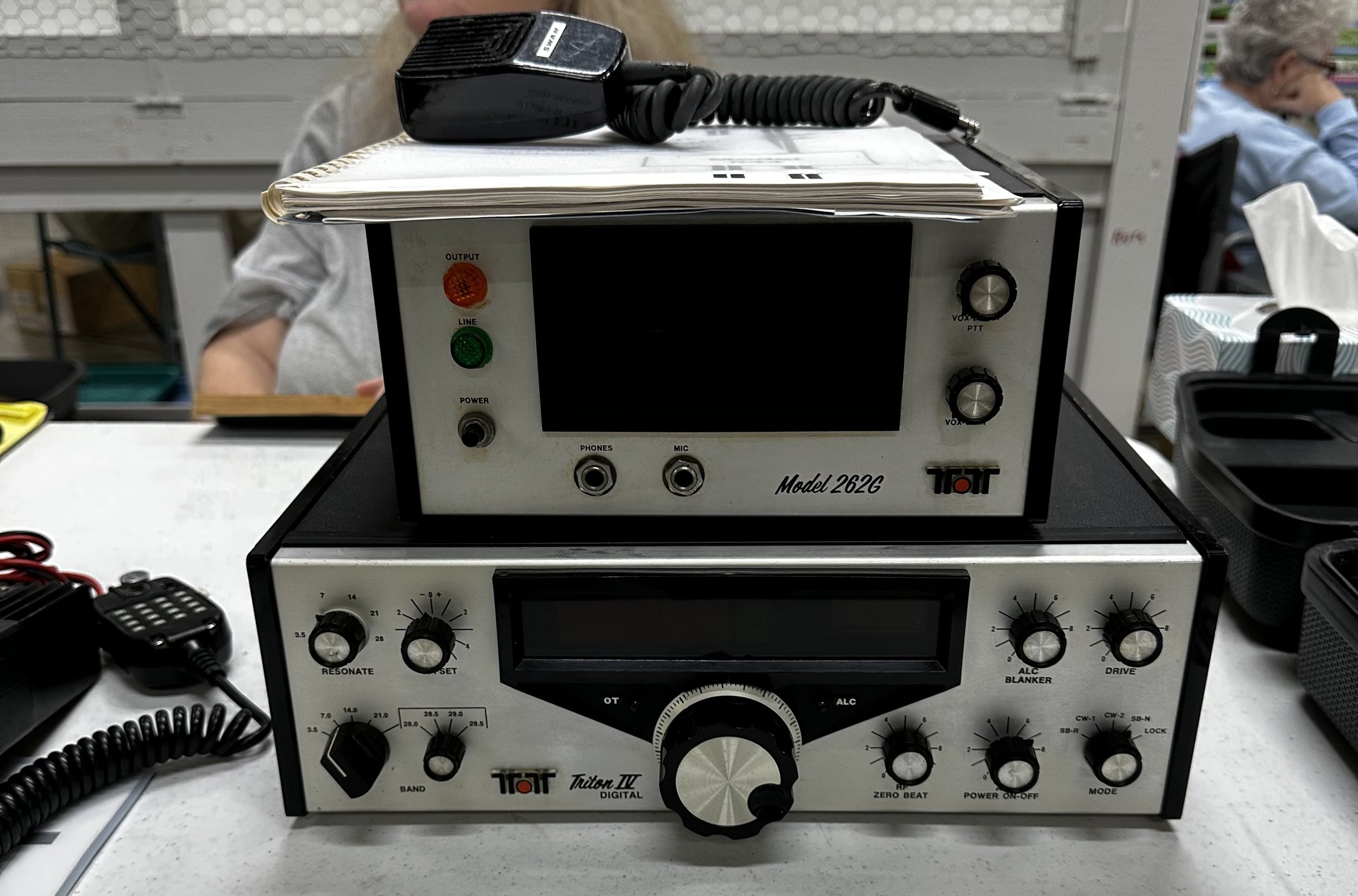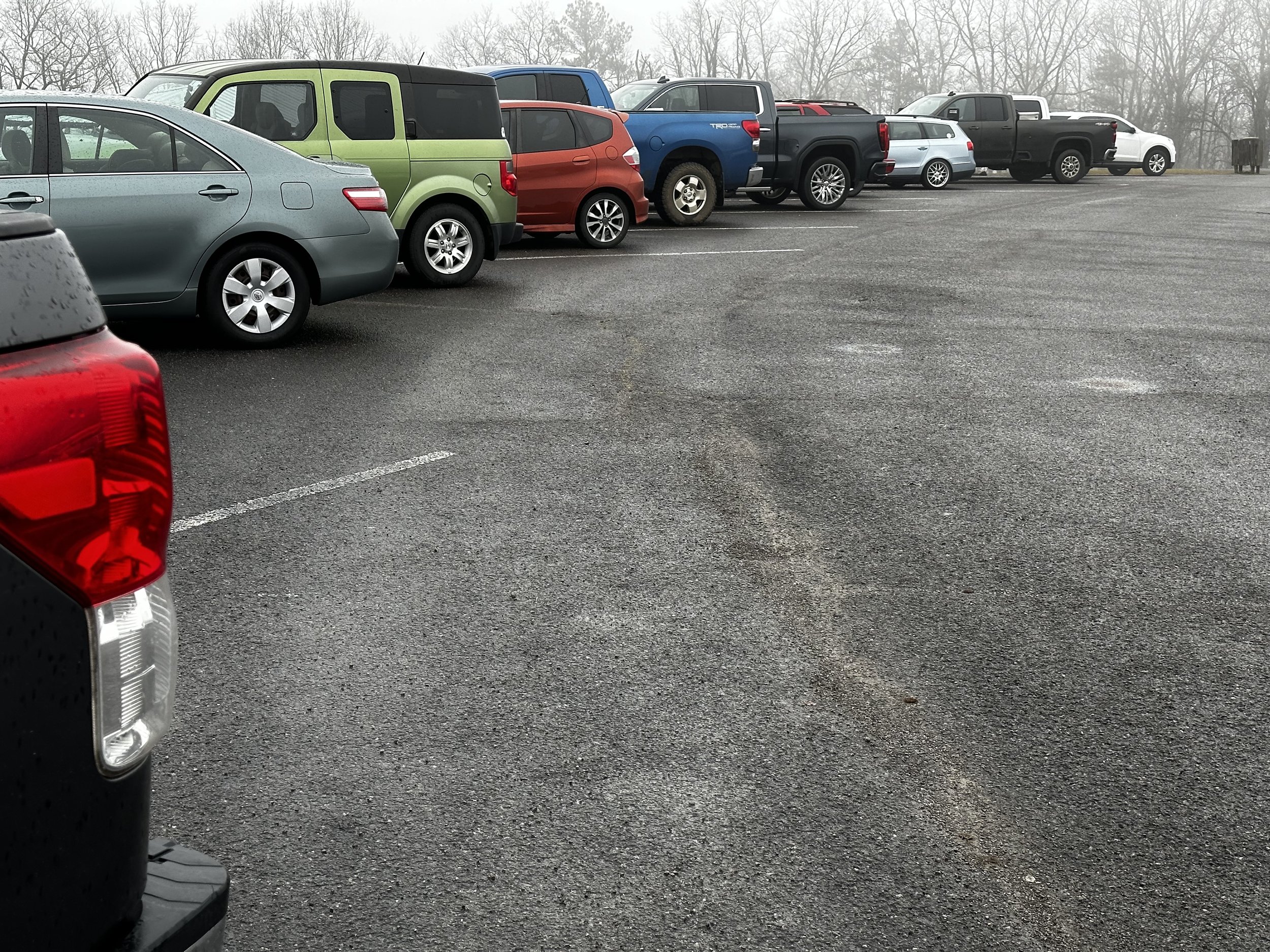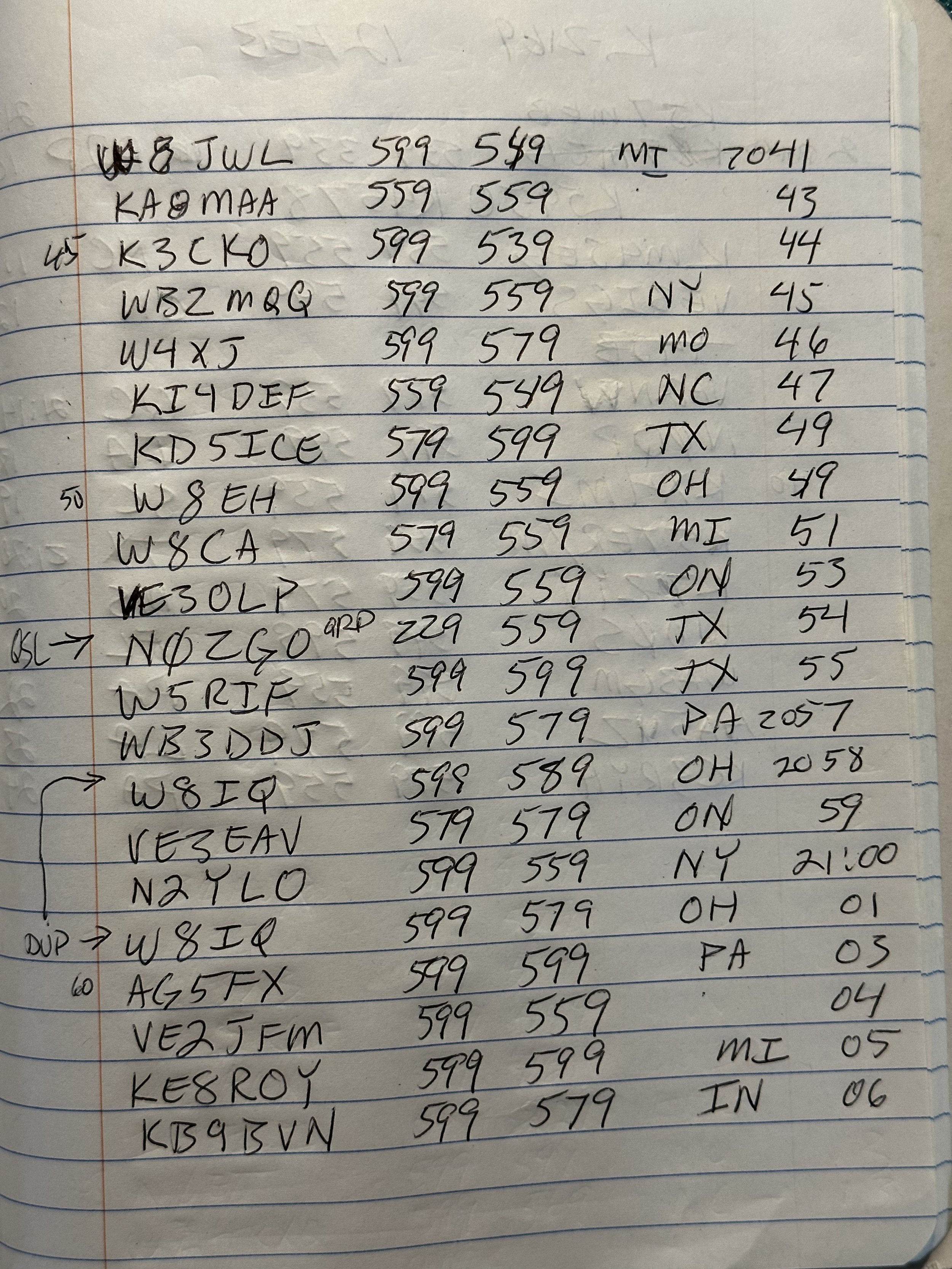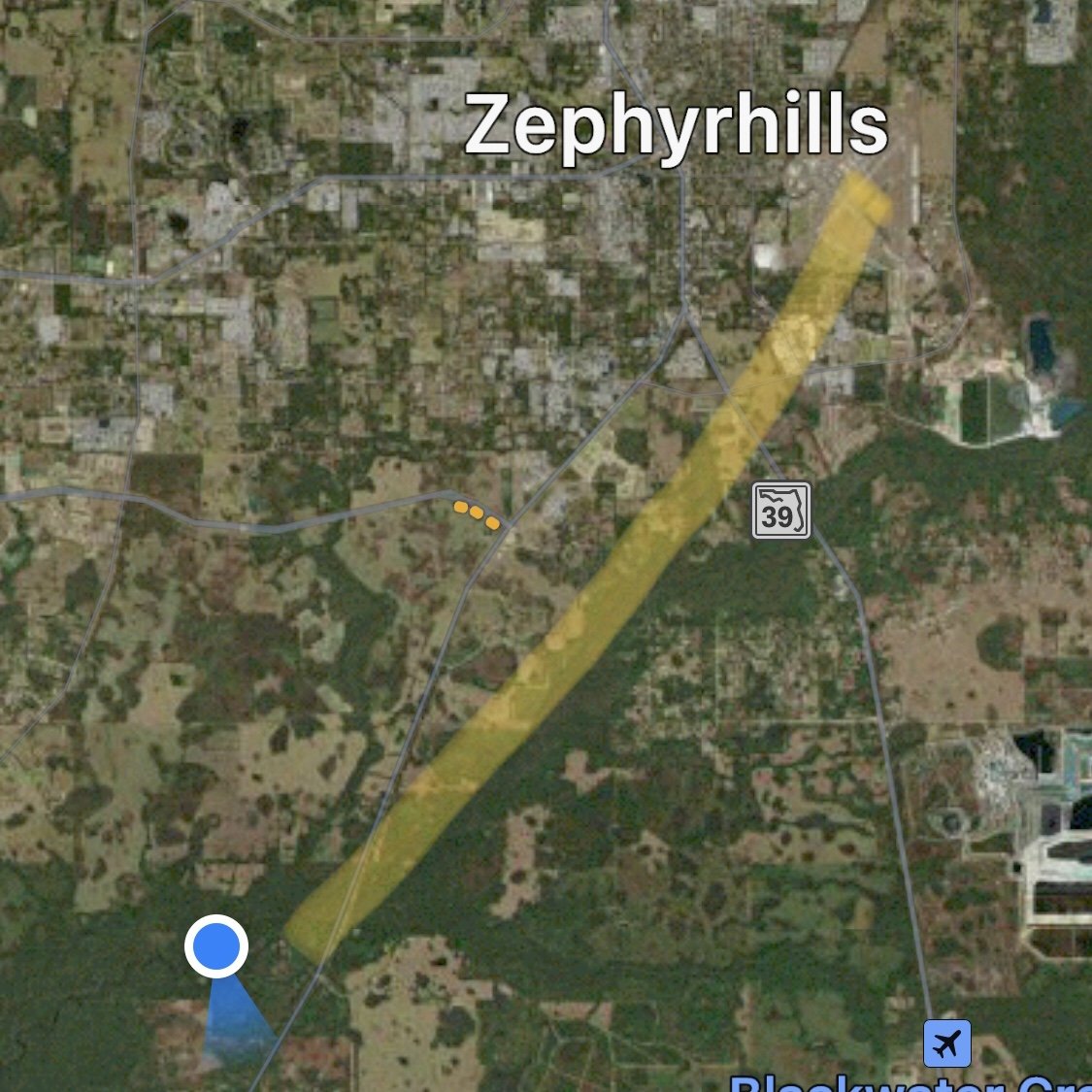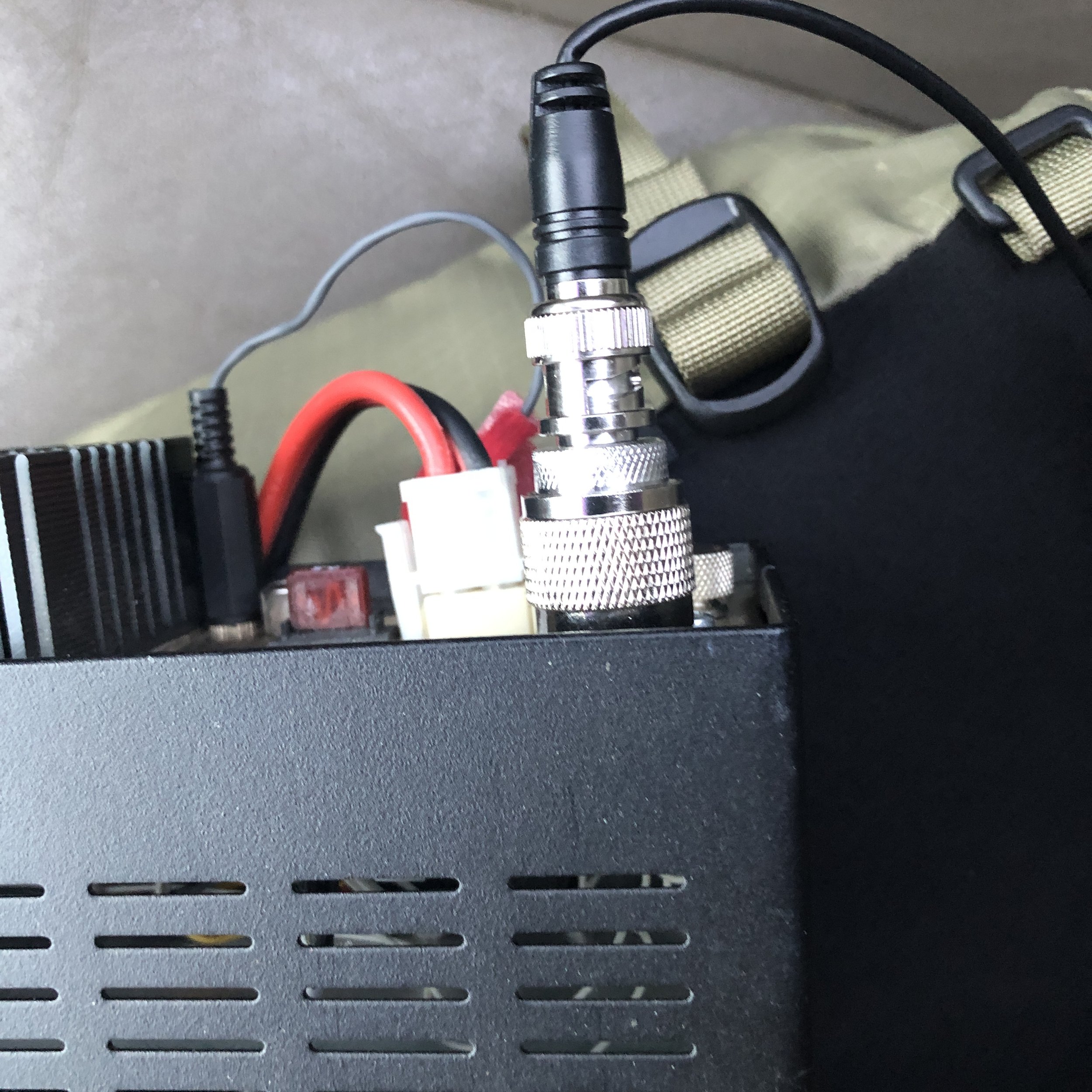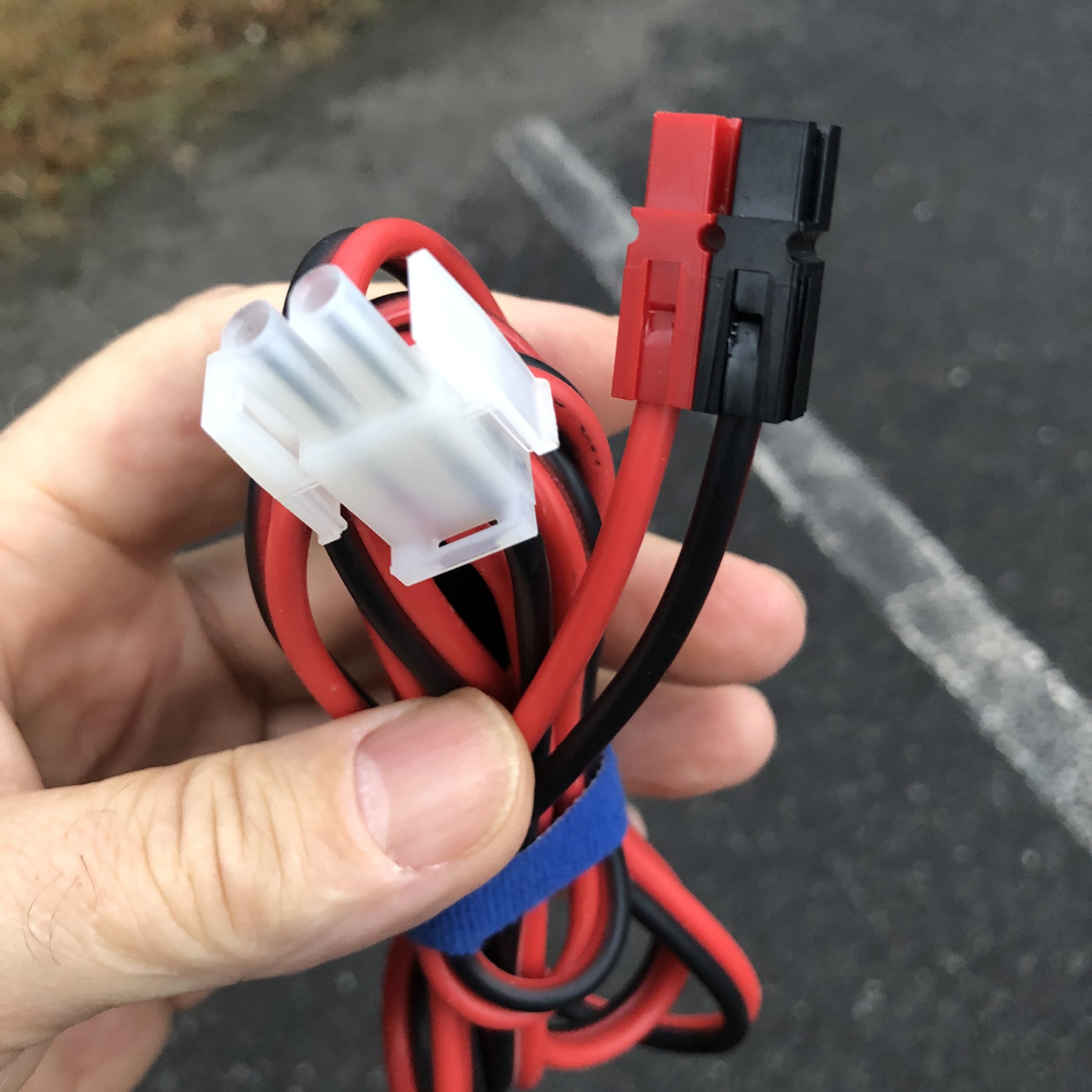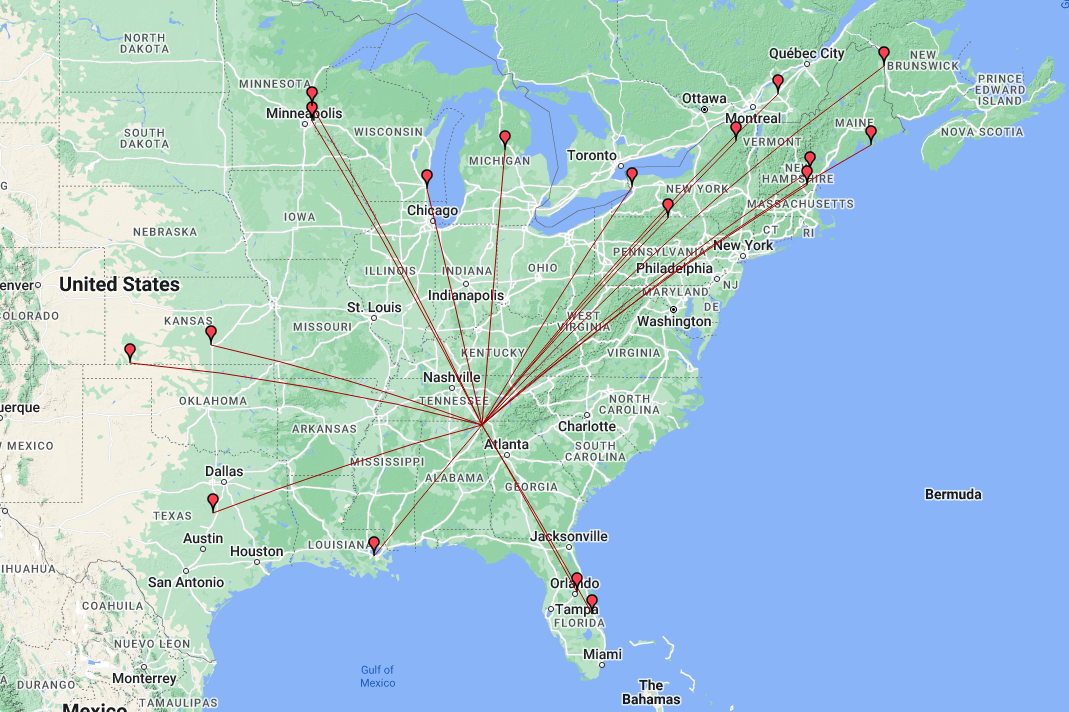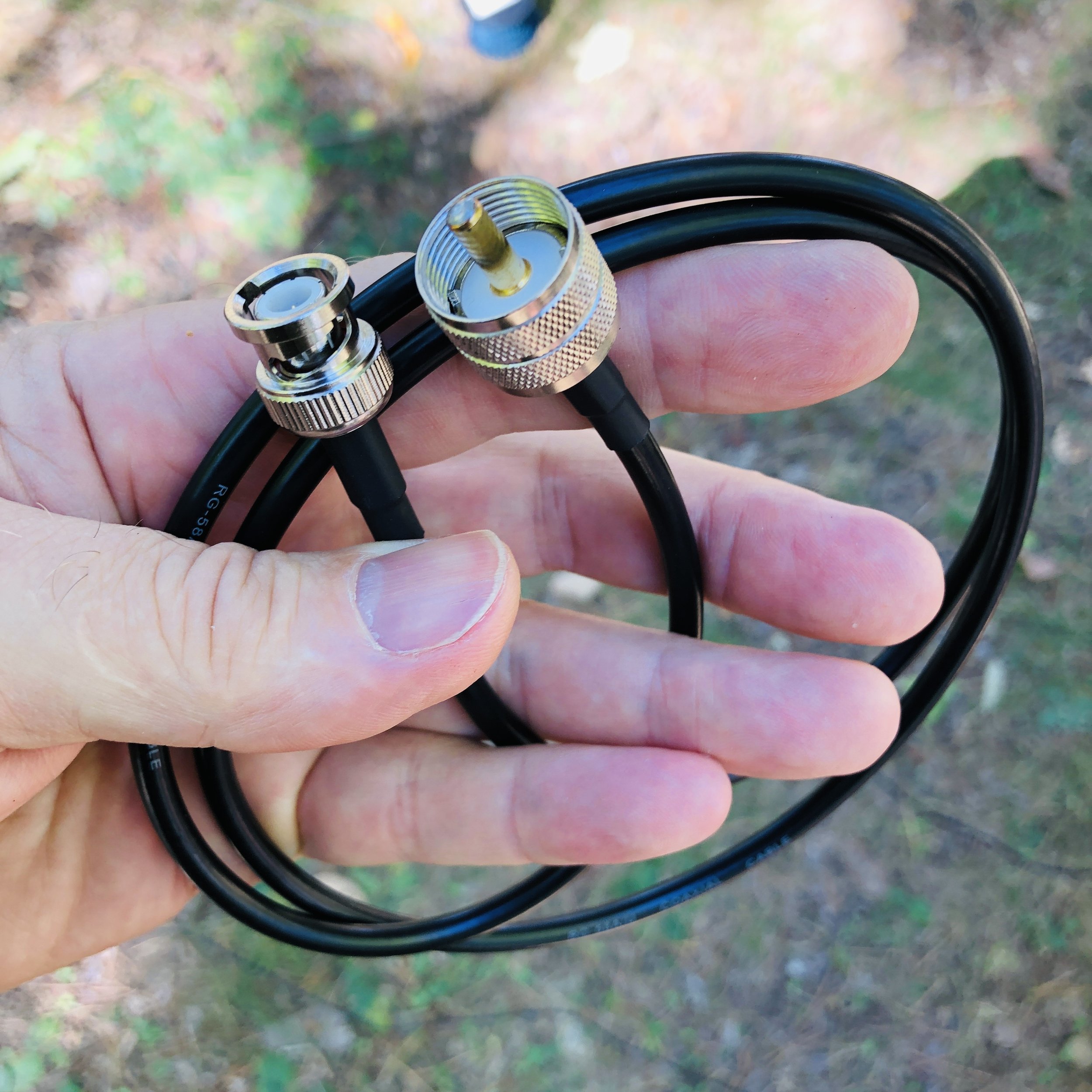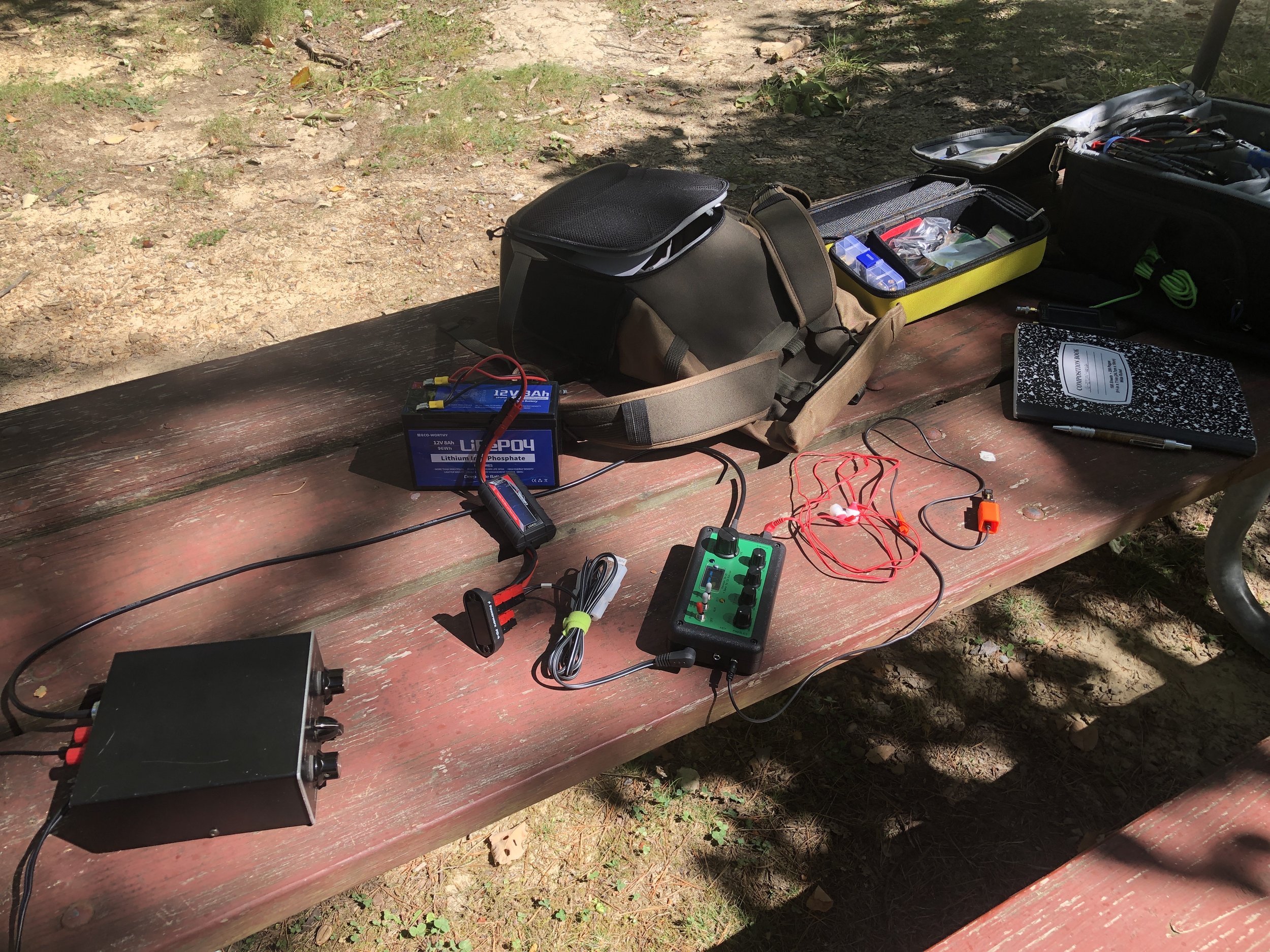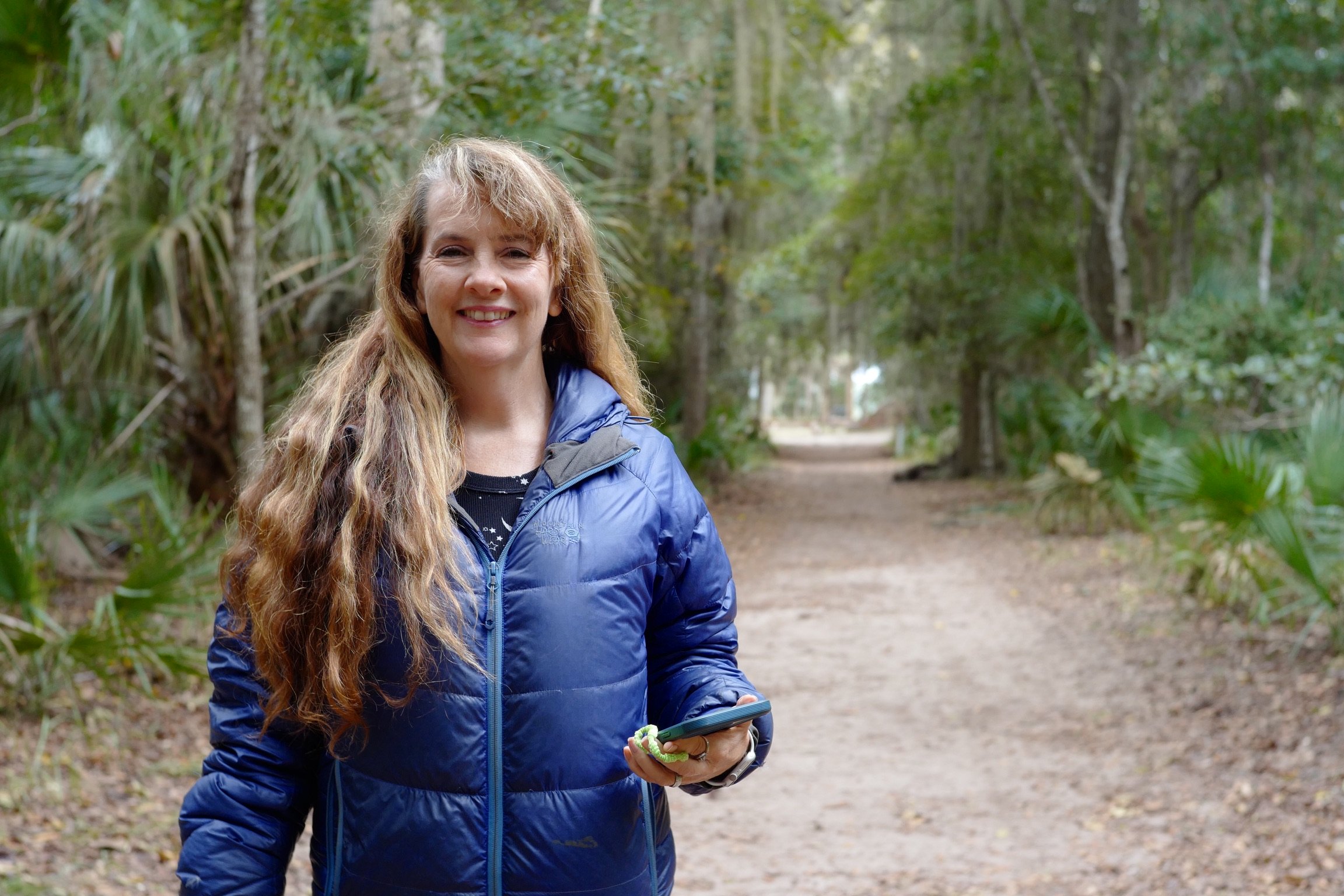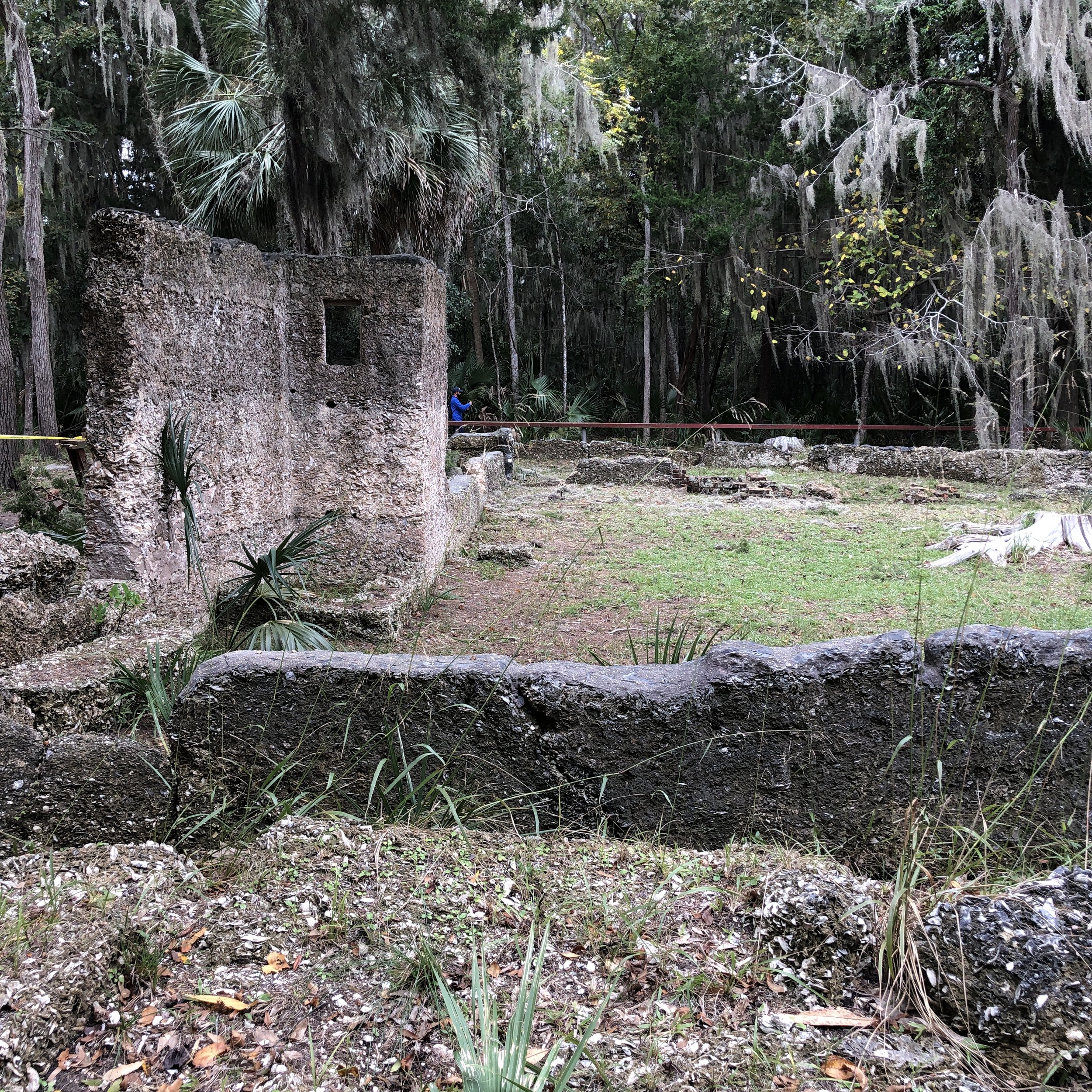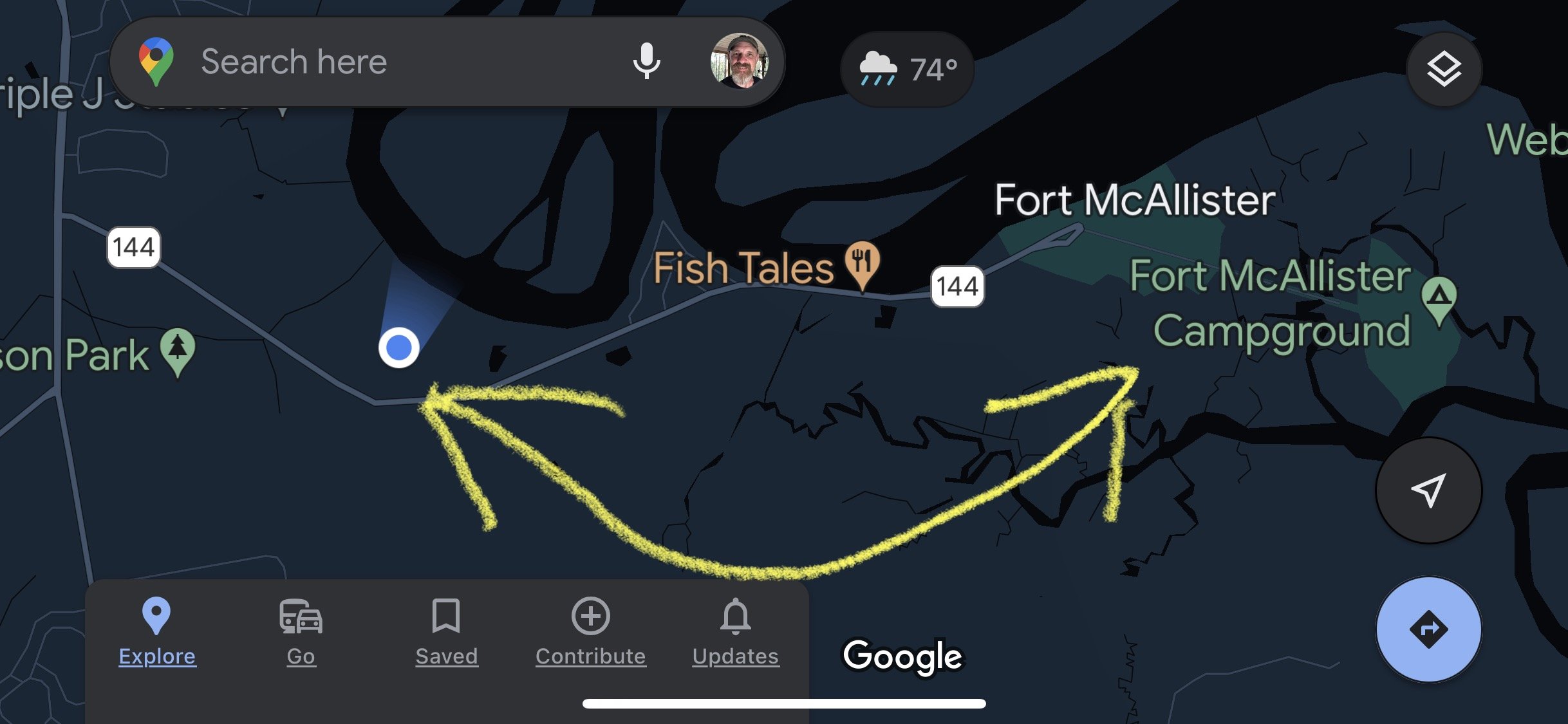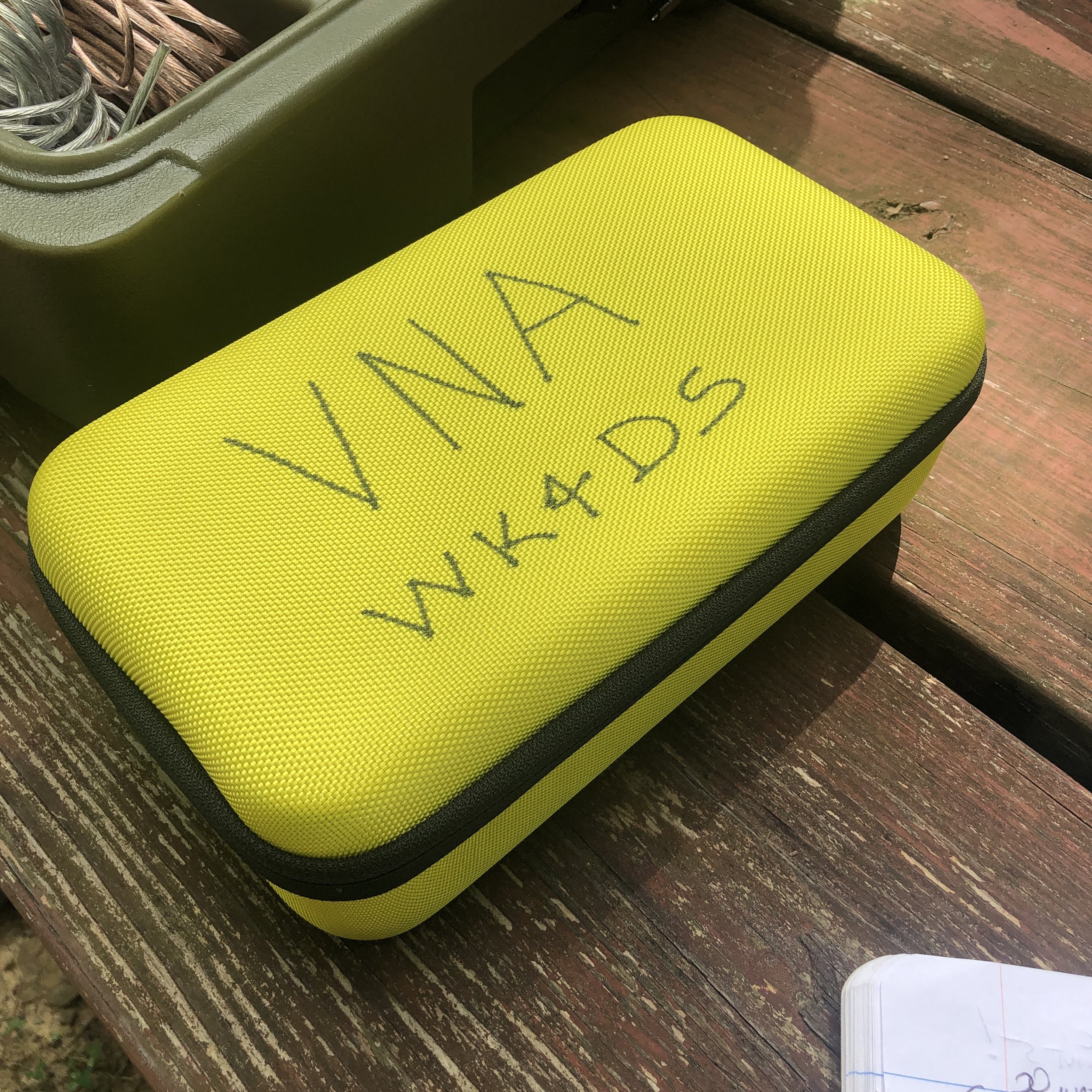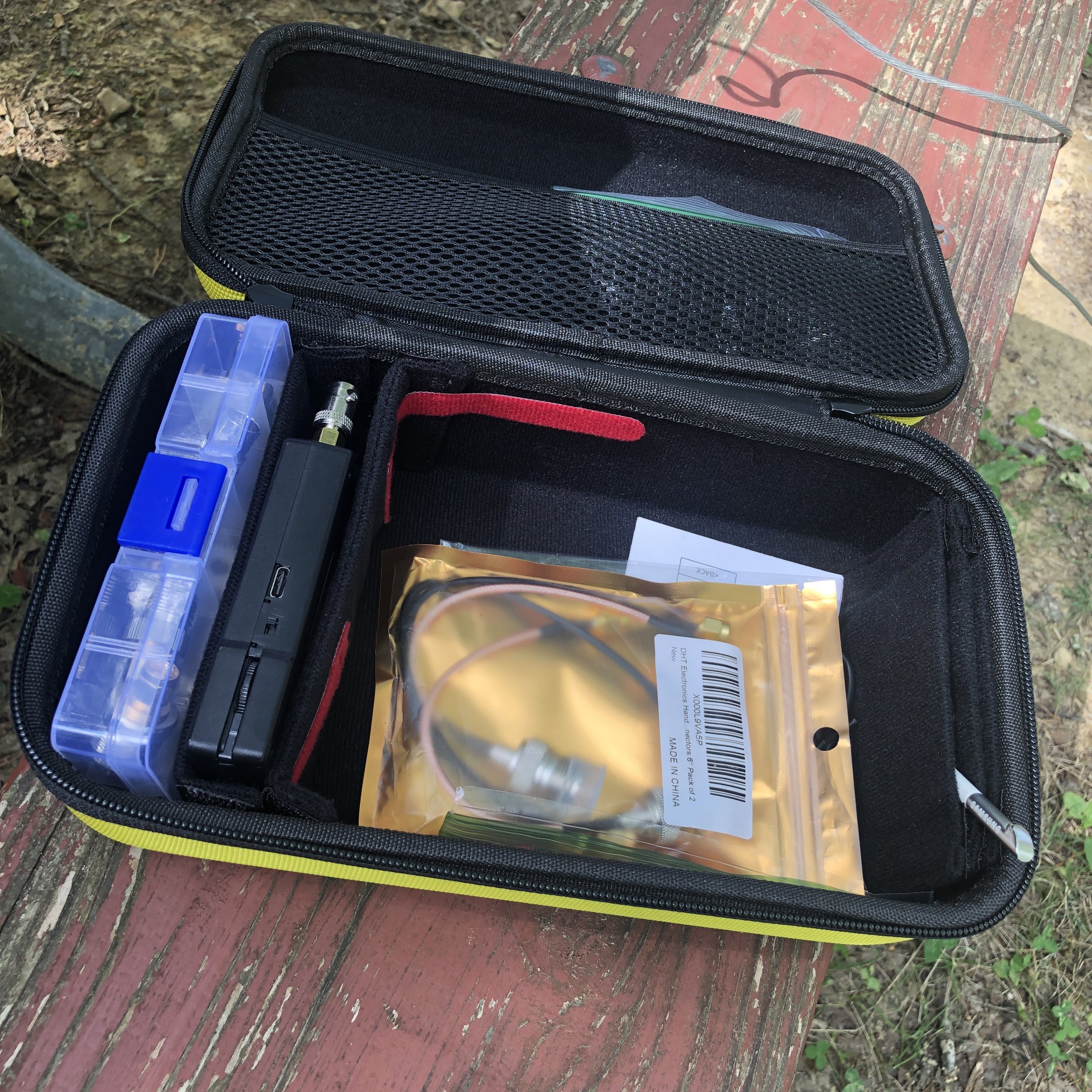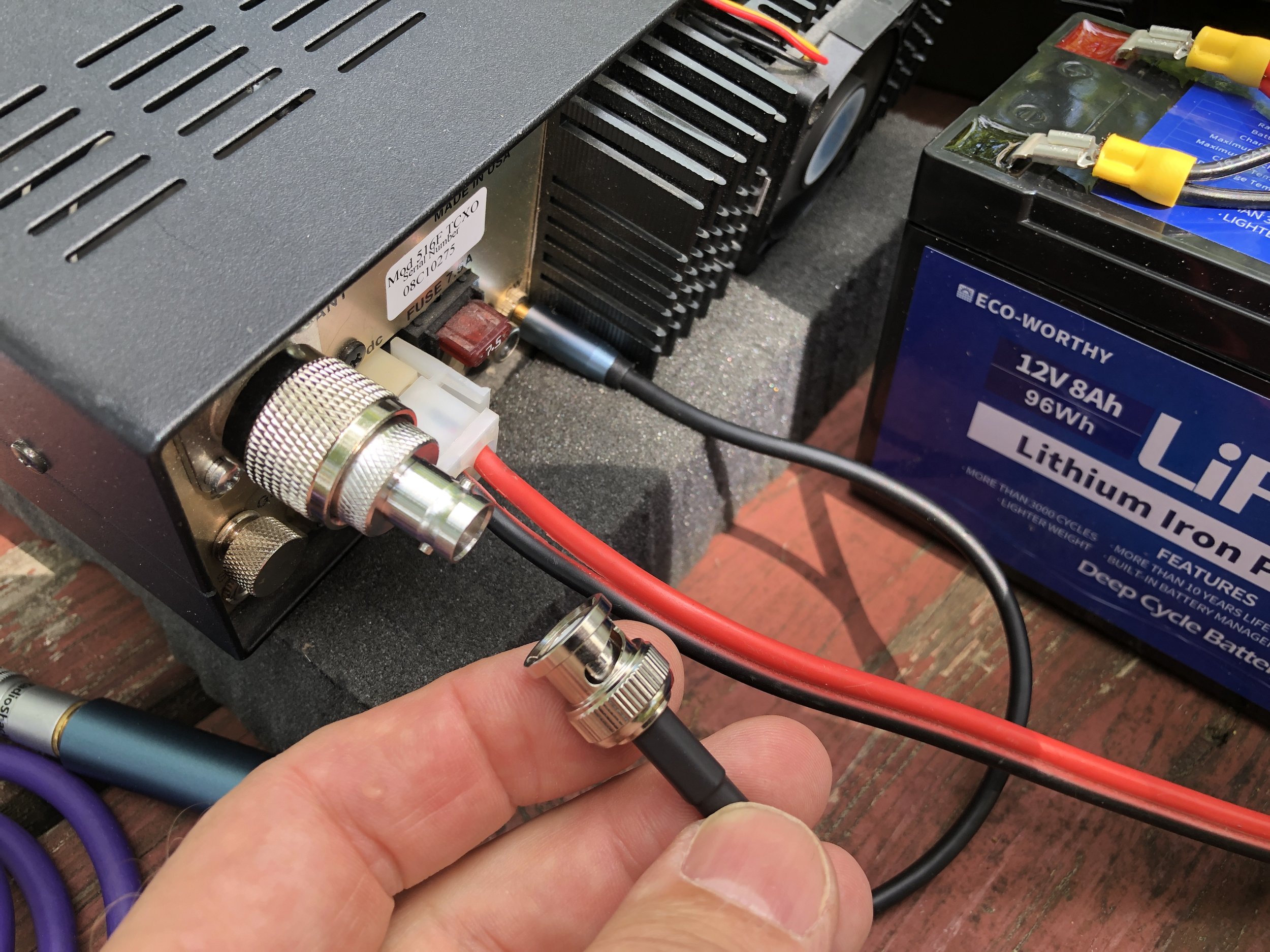Well, it is that time of year again. The Dalton Hamfest is one of our bigger local events and this year did not disappoint. Below is a Omni 6+ with matching speaker power supply (radio in the bottom of the stack) just like the one I use in my ham shack at home. This particular radio was found outside in the boneyard of all places. This is a wonderful radio that would work really well for anyone wanting to get on HF. It is especially good for CW, the receiver is just buttery smooth and wonderfully sensitive…I could go on about this radio for a long time, but suffice it to say, if your into CW and vintage radios, this one is hard to beat. It was basically the pinnacle of CW rigs in my opinion.
Aside from the usual vendors where you can get any number of new radios, antennas or other widgets associated with Amateur Radio, it has become something of a quest for me and Trey (KG4WBI) to find all of the Ten Tec gear we can find and photo document it without buying it! LOL we ALMOST came home with that Triton…(just take a gander at it below) it was in great condition and worked beautifully…
This year netted a incredible pile of photos that really impressed me when I started looking back through them. You see, while you’re walking around, you don’t notice that you have seen so many pieces of equipment until you start looking at the photos you’ve captured of them.
A prime example of this is the fact that we found two of the same kind of antenna tuner. Yet one looks like it was in a smokers ham shack and the other was not. I am pretty sure this is actually the case too as I have never known Ten Tec to do a run of gold trimmed radios or accessories.
Something that I did notice was the wide variety of Ten Tec radios that we’re at the hamfest this time, everything ranging from an old Triton and Argosy (pictured above with the matching power supply) all the way up to an Omni 7! By the way, that Omni 7 also has 6 meters… 😂 Once I added the Collins filters to my Omni 7 it is one of my favorite radios of all time. It works surprisingly well with just the stock filter but the selectivity just gets unreal with the additional 500hz and 300hz mechanical filters made by Collins.
One particular radio of interest that I have always been intrigued by, but have never really thought about buying is the Ten Tec Scout. This radio is unique in that it is a small, portable radio with a fairly powerful transmitter. I think it is 50 watts of transmitter power and to change bands, you replace the cartridge on the front of the radio with a different band module. This allows the radio to remain fairly small and still cover all the HF bands. This is a really forward thinking idea and Ten Tec is renowned for this. The Jupiter radio is a perfect example of their forward thinking, it laid the ground work for the whole Flex line of radios.
To have a whole set of these band modules is fairly hard to do and this gentleman, at the ham fest, had all of them except for one. He was missing the 30 meter module only from what I could see. This was a really impressive kit that he had and it was also in a nice pelican case and the price was really reasonable. This would make for a really awesome POTA rig or even a field day rig.
I guess it just proves that there is more out there available than you think when you just start adding it all up. Since I was just casually snapping cell phone photos as we walked around the ham first, I never really look at the camera roll until we were leaving, and that is when I realise we had seen so many different radios by just this one manufacturer, who is actually out of business at this point. There were even more radios from the typical Icom, Yeasu and Kenwood factions that were everywhere. There was plenty of equipment to choose from is my point.
It was nice to see that someone could still most likely find an obscure, vintage radio that they had been looking for, pretty easily, and to be honest there was a ton of Drake, Hammarlund and Collins radios as well. (That Drake TR7 really had me… I love the color scheme they chose especially well)
I have to give an honorable mention to another radio that is near to me that I have yet to own, and that is the Elecraft K2. There was a 10 watt version of this radio also for sale that day, and I was very VERY tempted to take it home with me…
But explaining to Teresa, why I brought another radio home was not something that I was looking forward to doing, so I left it sitting on the table and maybe cried a little…dont tell anyone… haha.
All was not lost though, as we did bring a radio home between the two of us. It turned out that Trey acquired a 2m Ten Tec HT that has been made out of pure hens teeth. He is actually working towards getting it operational again. He put it on a bench power supply and it did power up but it needs a few little things repaired on it. Currently it does not have a battery but he is looking for a battery to rebuild to put back on it. So if you know of someone that has a battery, even if it is trashed, please let me know as we can rebuild it, as long as it is complete.
Going to a hamfest for me, is more about community than equipment these days. I did grab a few ham stick antennas for my QRP radios when I do POTA activations, but other than that I did not get anything substantial at all. What I did most of the time instead was chat with friends, (whom all I had seen the night before at the club meeting LOL) and made a few more while at the tables talking about the really cool radios we found.
All in all, we had a great time today and if you have never been to a ham fest, I recommend you go to one just to see the spectacle of it. The bigger the better. Until next time, get your radio out!!!
72
de WK4DS

